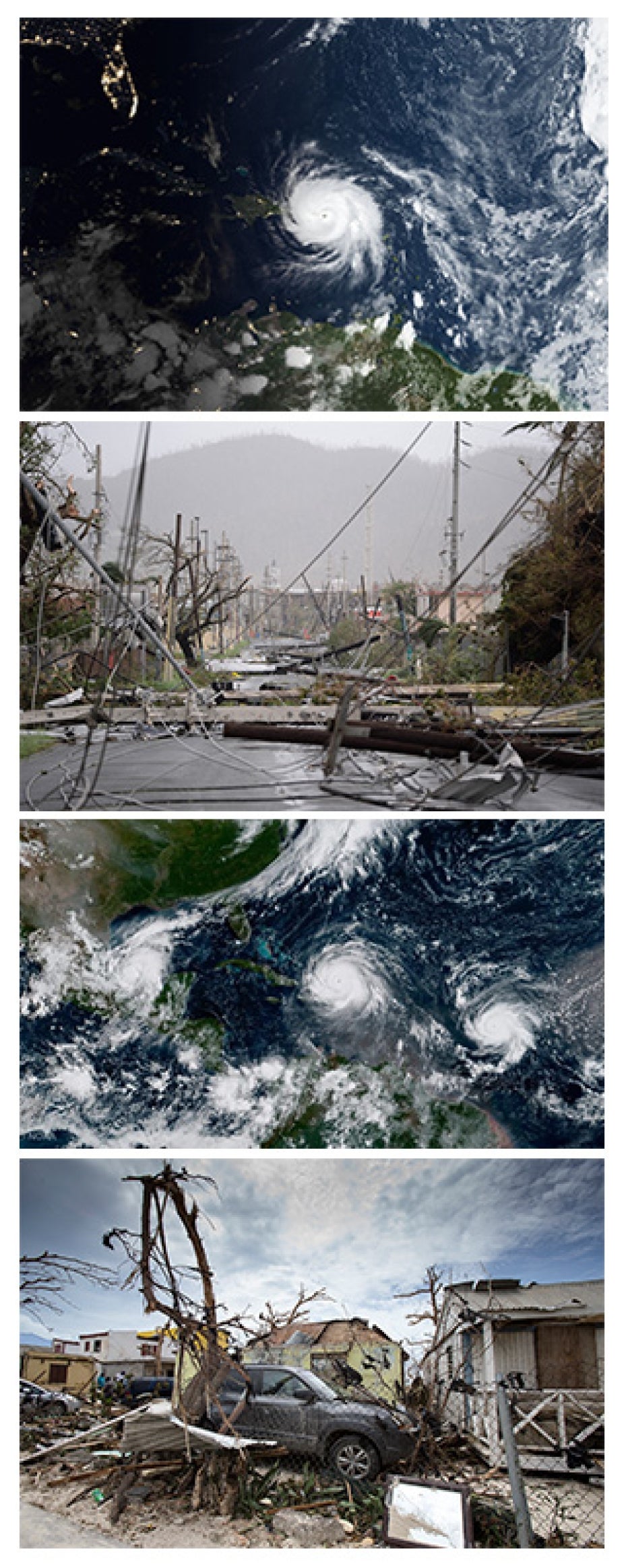Communicating Hazard Information in the Modern Environment (CHIME)
Overview
With advances in scientific predictions, risk communication, and communication technology, hazard preparedness and warning response are changing rapidly. This project -- funded through the National Science Foundation Hazards SEES (Science, Engineering, and Education for Sustainability) program -- aims to reduce harm from hurricanes and other hazards and enhance resilience by improving hazardous weather risk communication and response in the modern information environment. This includes building understanding of how evolving weather forecasts and warnings interact with societal information flow and decisions as a hurricane approaches and arrives.

The project brings together concepts, methods, and expertise from computer and information sciences, atmospheric and related sciences, and social and behavioral sciences to integrate study of the real-world hazard information system with computational physical and social modeling. The research includes analysis of data from social media streams; focus groups with at-risk populations; development and testing of prototype integrations of information; high-resolution ensemble hurricane and storm-surge modeling; and agent-based modeling of social actors who pursue, process, and transmit information. To enhance applicability of the research, our project also involves interactions with key stakeholder groups.
News and Events
- Overview of CHIME project in Bulletin of the American Meteorological Society (December 2017, issue cover): Hazardous weather prediction and communication in the modern information environment
- New National Academy of Sciences report: Integrating Social and Behavioral Sciences within the Weather Enterprise
- Invited keynote presentation by Rebecca Morss (September 20, 2017) at Message Impossible? Communicating Weather Information in the Digital Age, a National Meeting of the Royal Meteorological Society (UK)
- New National Science Foundation video featuring CHIME research: Social science: Essential when the storm strikes
- Perspective by Cara Cuite and Rebecca Morss, Washington Post Outlook (September 8, 2017): What to tell people to get them to evacuate before a hurricane hits
- Policy Forum by Leysia Palen and Kenneth Anderson in Science (July 15, 2016): Crisis informatics—New data for extraordinary times
- ASU news (August 2015): Improved hurricane models could save lives, money
- Video by Chris Bopp (June 2015): Image Sharing in Disasters
This material is based upon work supported by the National Science Foundation under Grant Number 1331490. Any opinions, findings, and conclusions or recommendations expressed in this material are those of the author(s) and do not necessarily reflect the views of the National Science Foundation.
This project is a collaborative effort among the National Center for Atmospheric Research, Arizona State University, and the University of Colorado Boulder, with sponsorship from the National Science Foundation.
Related Projects
Weather Risk Analysis and Decision-Making at the National Center for Atmospheric Research
Geographic Information Systems Program at the National Center for Atmospheric Research
Risk, Information, and Vulnerability for Evolving Tornado Threats
Project EPIC – Empowering the Public with Information in Crisis at the University of Colorado
Center for Social Dynamics and Complexity at Arizona State University
Advanced Hurricane WRF (AHW) (a version of the Advanced Research WRF)